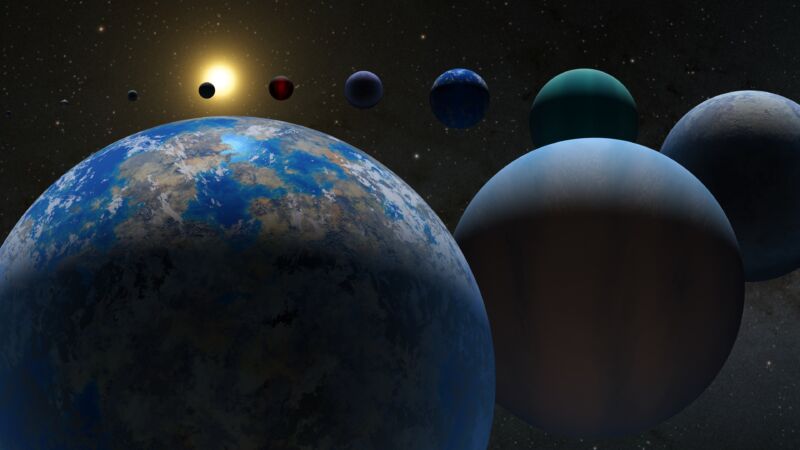Seeking another Earth? Look for low carbon dioxide

Enlarge (credit: NASA/JPL/Caltech)
What do we need to find if we want to discover another Earth? If an exoplanet is too far away for even the most powerful telescopes to search directly for water or certain biosignatures, is there something else that may tell us about the possibility of habitability? The answer could be carbon dioxide.
Led by Amaury Triaud and Julien de Wit, an international team of researchers is now proposing that the absence of CO2 in a planet's atmosphere potentially increases the chances of liquid water on its surface. Earth's own atmosphere is depleted of CO2. Unlike dry Mars and Venus, which have high concentrations of CO2 in their atmospheres, oceans on our planet have taken immense amounts of carbon dioxide out of the atmosphere because the gas dissolves in water. CO2 deficits in exoplanet atmospheres might mean the same.
Another molecule could be a sign of a habitable planet: ozone. Many organisms on Earth (especially plants) breathe carbon dioxide and release oxygen. This oxygen reacts with sunlight and becomes O3, or ozone, which is easier to detect than atmospheric oxygen. The presence of ozone and the absence of carbon dioxide could mean a habitable, and even inhabited, planet.